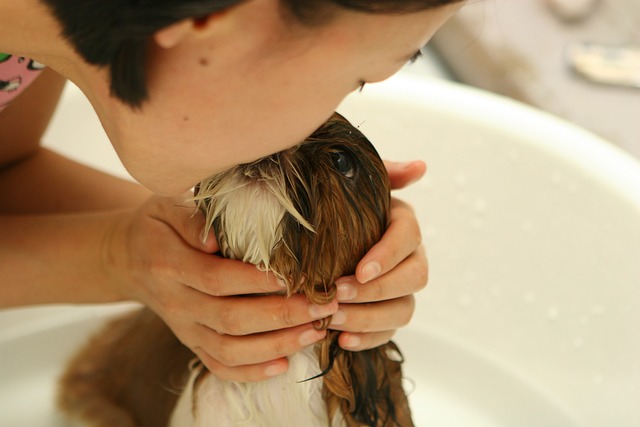If you have a dog, then you know how much they love to lick their paws and chew on things. But while it’s great to see your pup happily exploring the world with his mouth, it can be kind of gross. The same goes for their nails: You don’t want your pet chewing on your furniture or even you. Luckily, there are plenty of ways to keep your pooch’s nails trimmed without causing any pain or injury as long as you follow these steps correctly:
Hold the nail in a position that’s comfortable for you
Hold the nail in a position that’s comfortable for you. If your dog is right-handed, hold his paw in your right hand. If he’s left-handed, hold his paw in your left hand so that he can relax and let you do all the work.
If possible, use a towel to protect yourself from getting hurt by the dog’s claws or teeth as you trim them (or if they aren’t trimmed at all!).
Hold the dog’s paw so that it’s comfortable for both of you. Then, gently press down on the top of his nails with your other hand to extend them. This will make it easier for you to see where they are growing from underneath.
If your dog shakes his head, stop and try again after a few minutes
If your dog shakes his head, stop and try again after a few minutes. This is normal and he’s just trying to tell you that he doesn’t like what you’re doing. Don’t force him to stay still; just keep cutting until he stops shaking his head.
If you cut too much at once, the quick will bleed and become infected over time–and this can cause serious problems for your dog! If this happens, bring him back in for another appointment as soon as possible so we can take care of everything cleanly and efficiently.
It’s important that you don’t panic if this happens; just let us know as soon as possible so we can take care of things cleanly and efficiently!
Use an appropriate tool or clippers
Use an appropriate tool or clippers. There are many different types of nail-cutting tools available, including grinders and scissors. Some people prefer to use their own hands when trimming their dogs’ nails. However, this is not advised as it can cause injury or infection if you don’t know what you’re doing. Instead, use a good-quality pair of clippers that have been professionally sharpened. This will enable them to cut cleanly through the thin layer of skin covering your dog’s paws and claws without injuring him/herself in the process.
Be gentle with your pet’s paws
- Don’t cut too far into the quick (the tissue under a nail). If you do, it can cause pain and bleeding.
- Don’t cut too close to the nail bed–this will also cause pain and bleeding in some cases.
- Try not to cut more than one or two nails at once; this will keep things going smoothly and allow time for your dog’s paw pads to heal before they get bumped again.
The key to successful nail cutting is choosing the right clippers and knowing how to use them properly. The best nail clippers for dogs are designed with safety in mind so that you can cut your dog’s nails safely. They should be sharp enough to cut through your pet’s nails quickly and easily without causing pain or injury.
Keep your nails trimmed regularly
It’s important to keep your dog’s nails trimmed regularly. Long nails can cause problems, including:
- Pain and discomfort for the animal, which can lead to behavioral issues such as destructive behaviors
- Damage to furniture or other objects around your home that are likely made of wood or plastic (the same goes for carpeting).
If you find yourself unable to trim your pup’s nails regularly–or if it seems like he’s growing faster than usual. Don’t worry. You can still take steps toward keeping them short and safe.
Conclusion
That’s all there is to it! You can trim your dog’s nails safely and effectively. If you want to learn more about how you can take care of your dog’s paws, please check out our other articles here.




